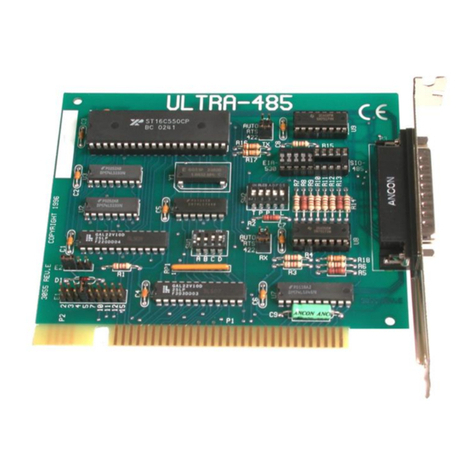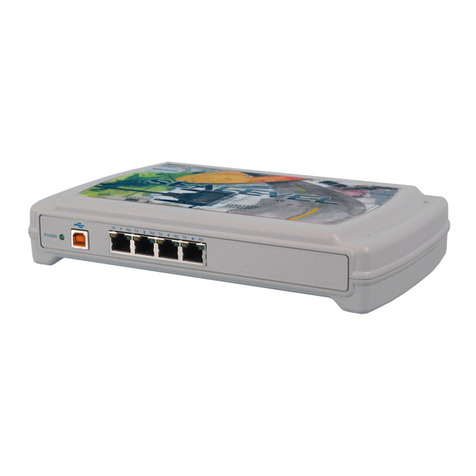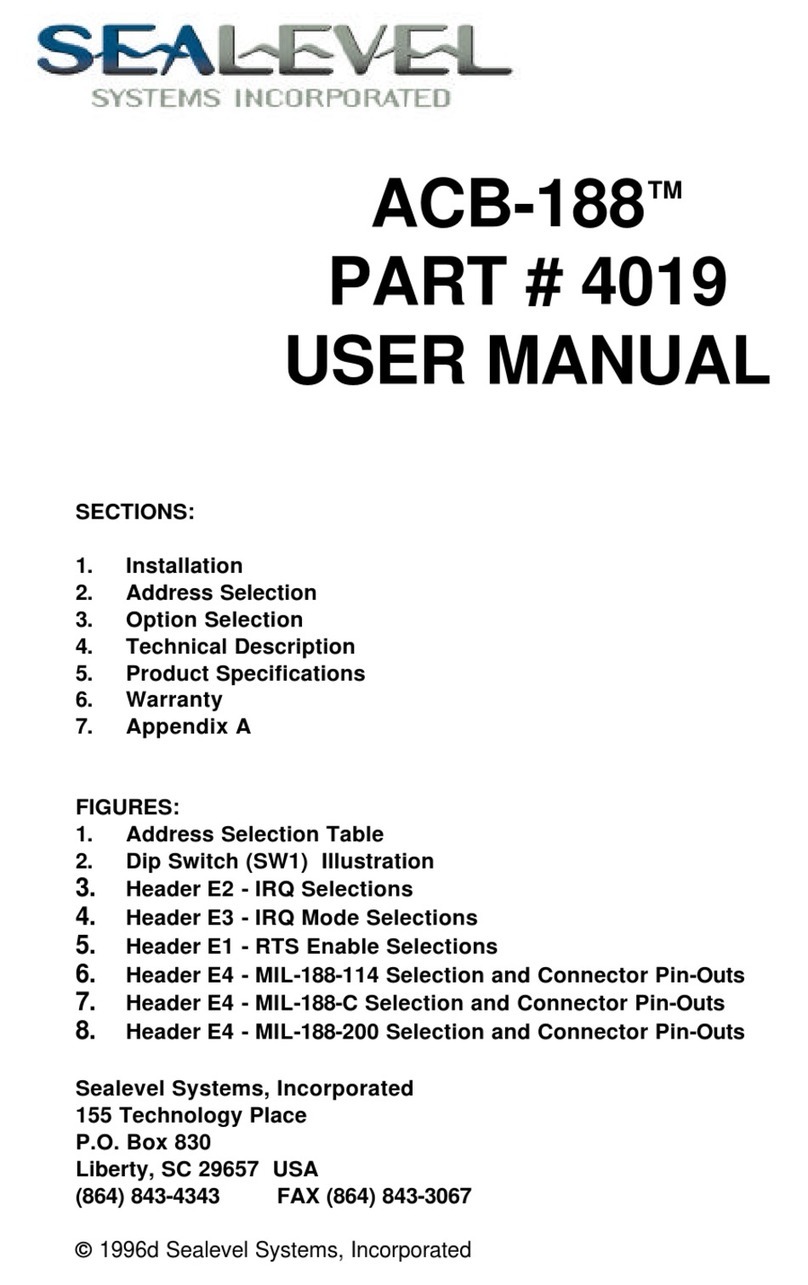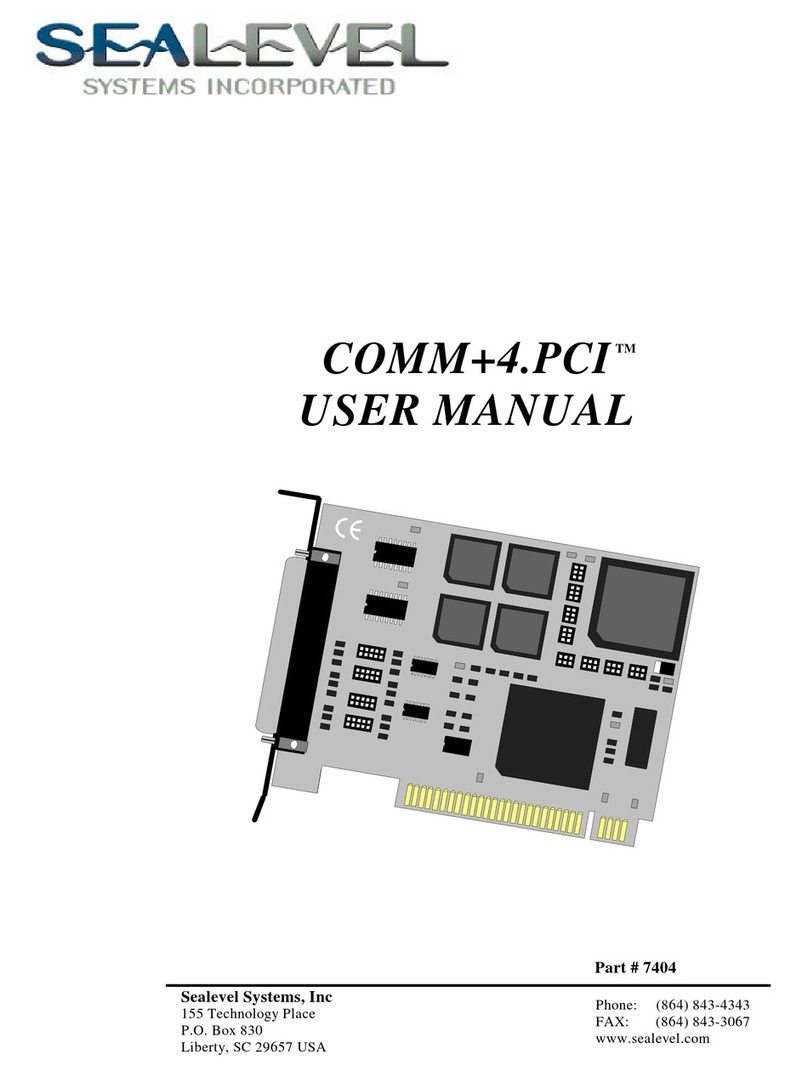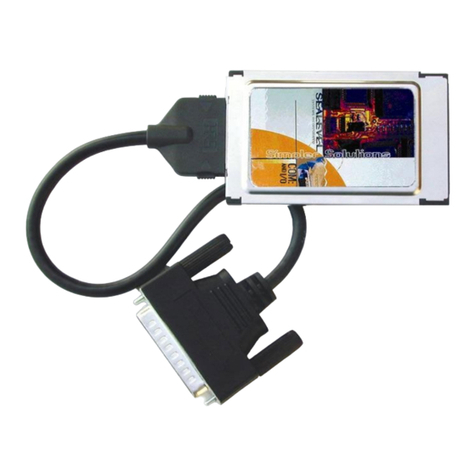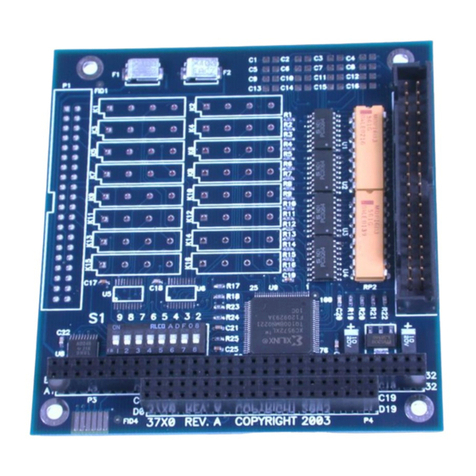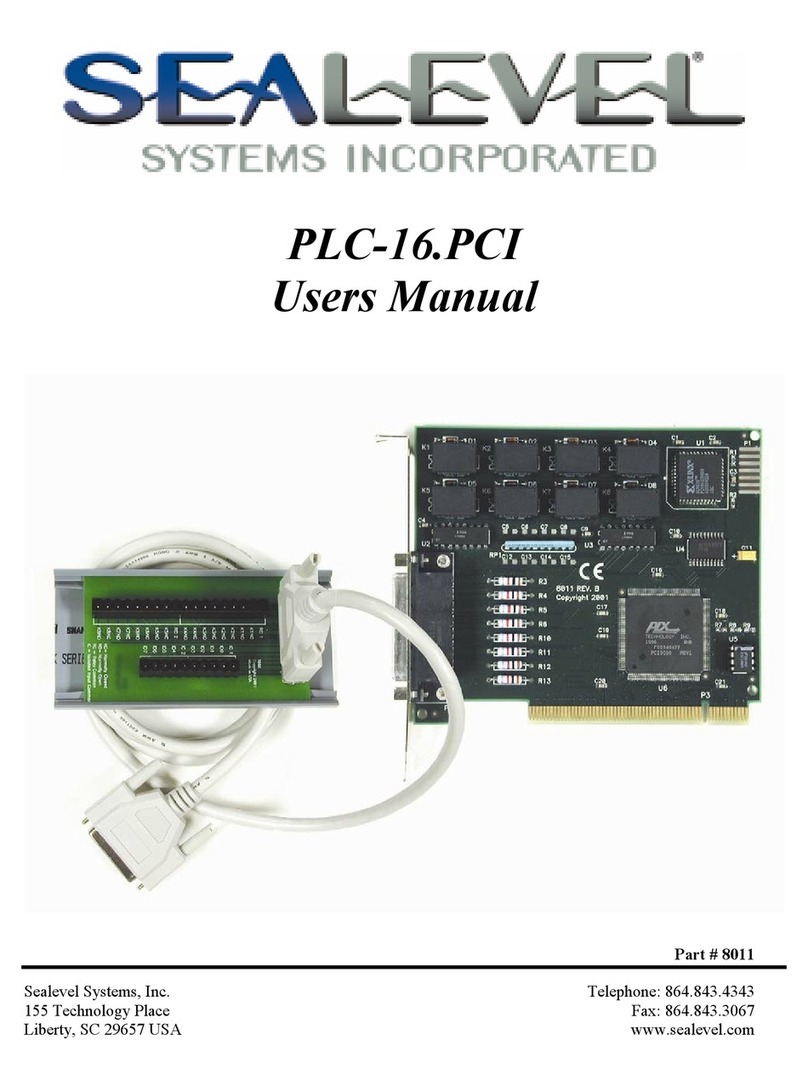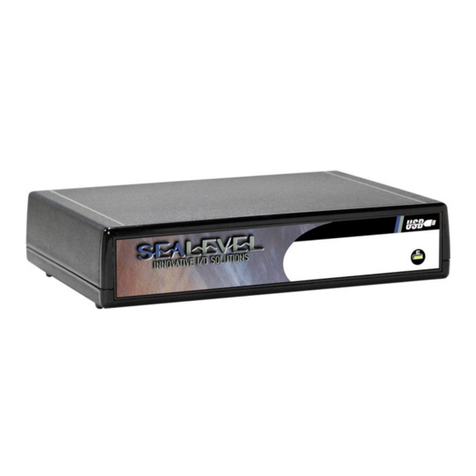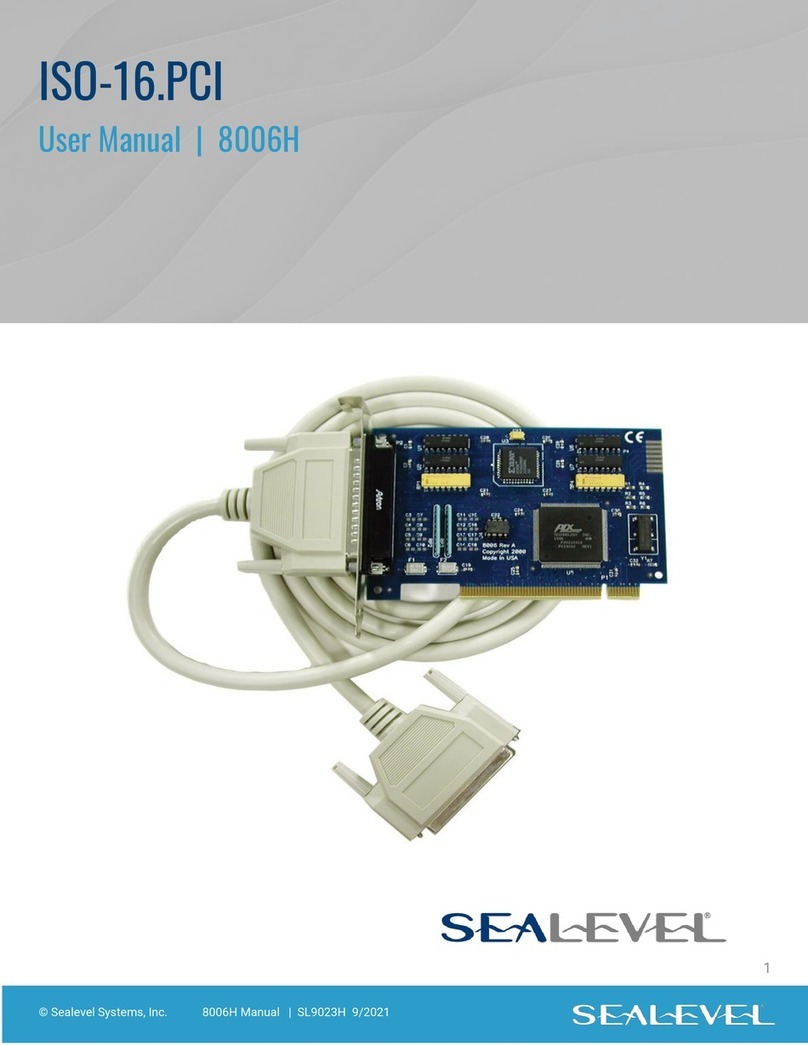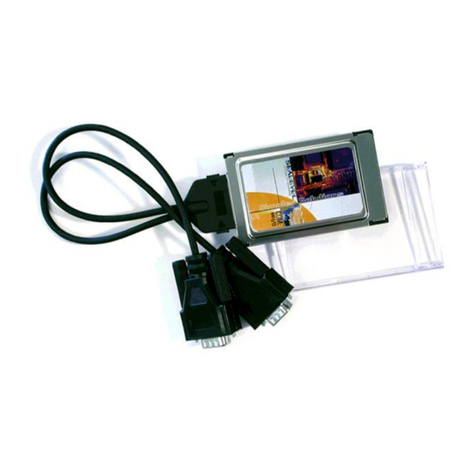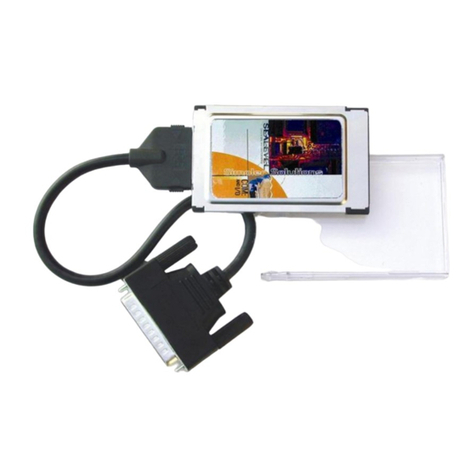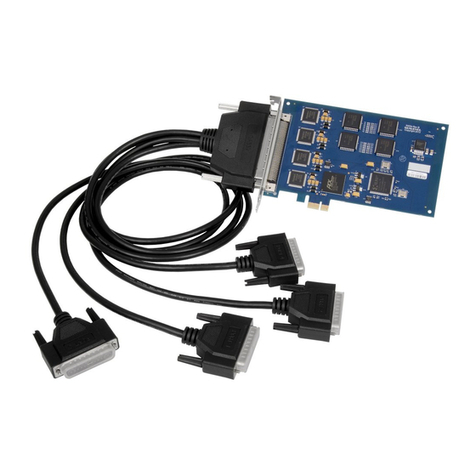
Contents
INTRODUCTION..................................................................................................1
OVERVIEW .................................................................................................................1
WHAT’S INCLUDED....................................................................................................1
INSTALLATION.................................................................................................1
CARD SETUP..............................................................................................................1
SOFTWARE INSTALLATION ........................................................................................1
Linux Users.....................................................................................................1
SYSTEM INSTALLATION .............................................................................................2
TECHNICAL DESCRIPTION............................................................................3
SOFTWARE ................................................................................................................3
LINUX USERS.............................................................................................................3
3RD PARTY SOFTWARE SUPPORT................................................................................4
ELECTRICAL CHARACTERISTICS.................................................................................5
Pull Ups...........................................................................................................6
50 pin ribbon cable pin out..........................................................................7
PROGRAMMING................................................................................................8
APPLICATION PROGRAMMERS INTERFACE (API) .......................................................8
Reading the Inputs:.......................................................................................8
Reading the Outputs:....................................................................................8
Presetting an Output Port:...........................................................................8
Writing the Outputs:.....................................................................................8
Interrupts:.......................................................................................................8
Port Configuration:......................................................................................9
Relative Addressing vs. Absolute Addressing........................................10
Addressing Continued...............................................................................12
DIRECT HARDWARE CONTROL...............................................................................14
Reading the Inputs:....................................................................................14
Reading the Outputs:.................................................................................14
Presetting an Output Port:........................................................................14
Writing the Outputs:..................................................................................14
Port Configuration:...................................................................................14
Interrupts.....................................................................................................14
Register Description (for direct hardware control)..............................15
Control Words.............................................................................................16
SPECIFICATIONS............................................................................................18
ENVIRONMENTAL SPECIFICATIONS..........................................................................18
POWER CONSUMPTION...........................................................................................18
